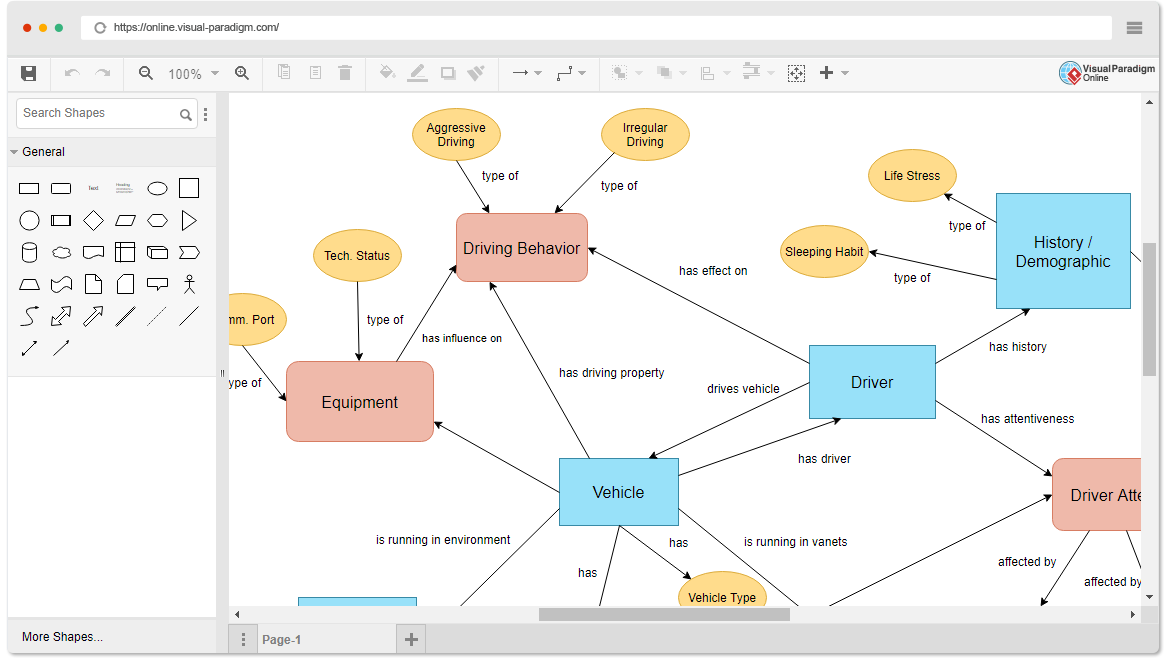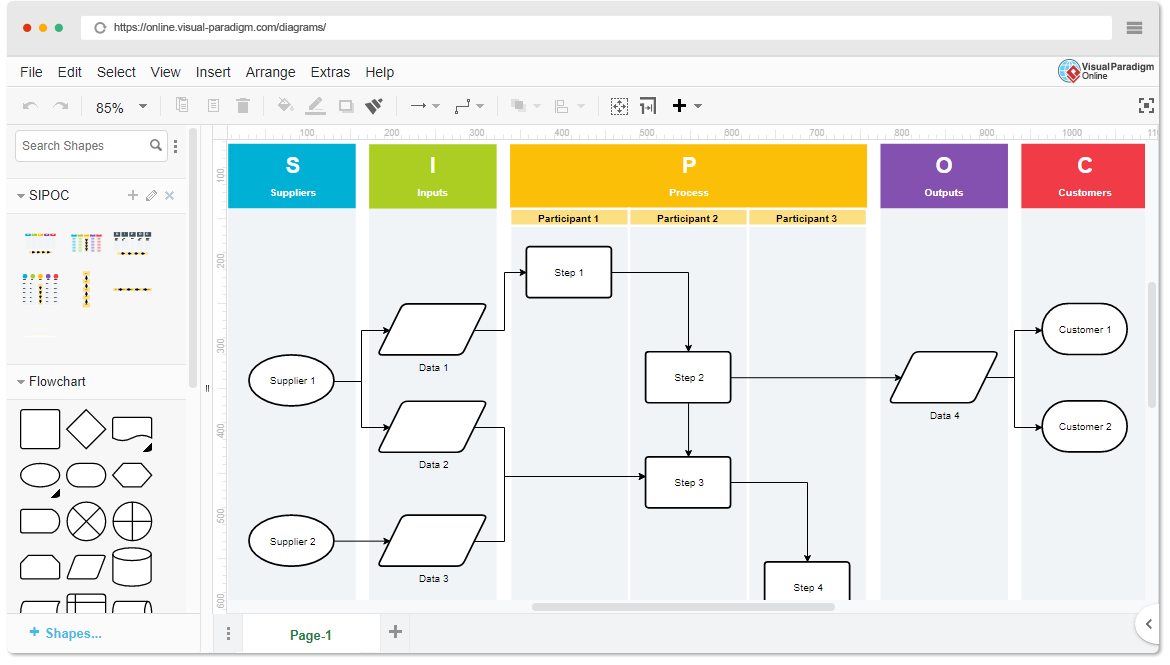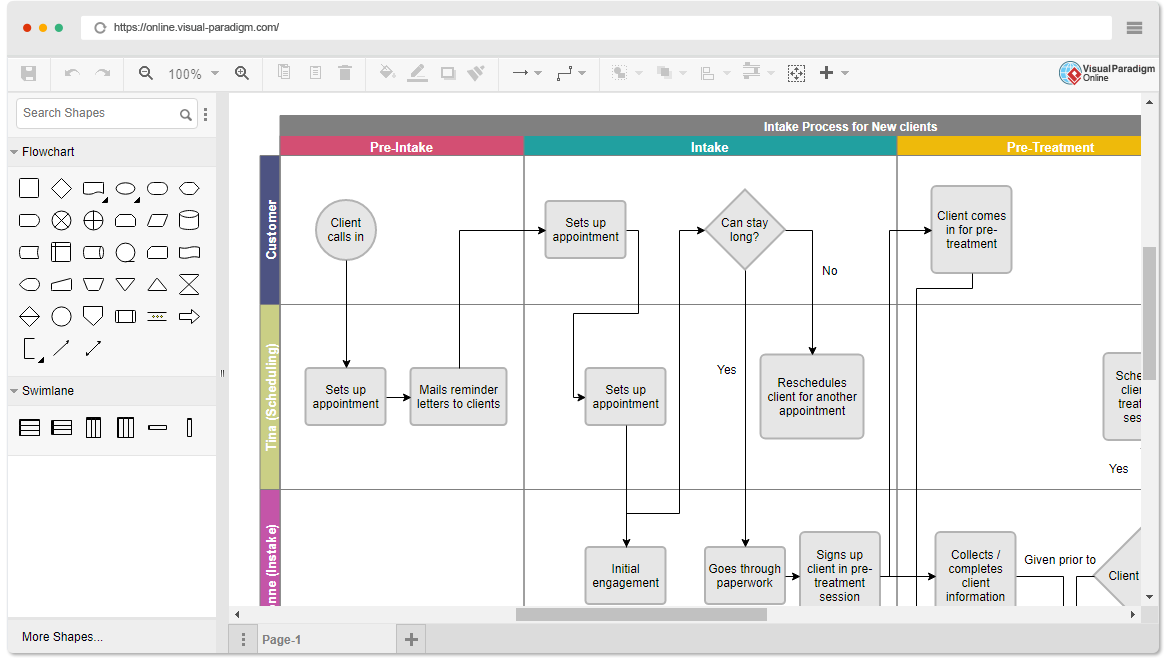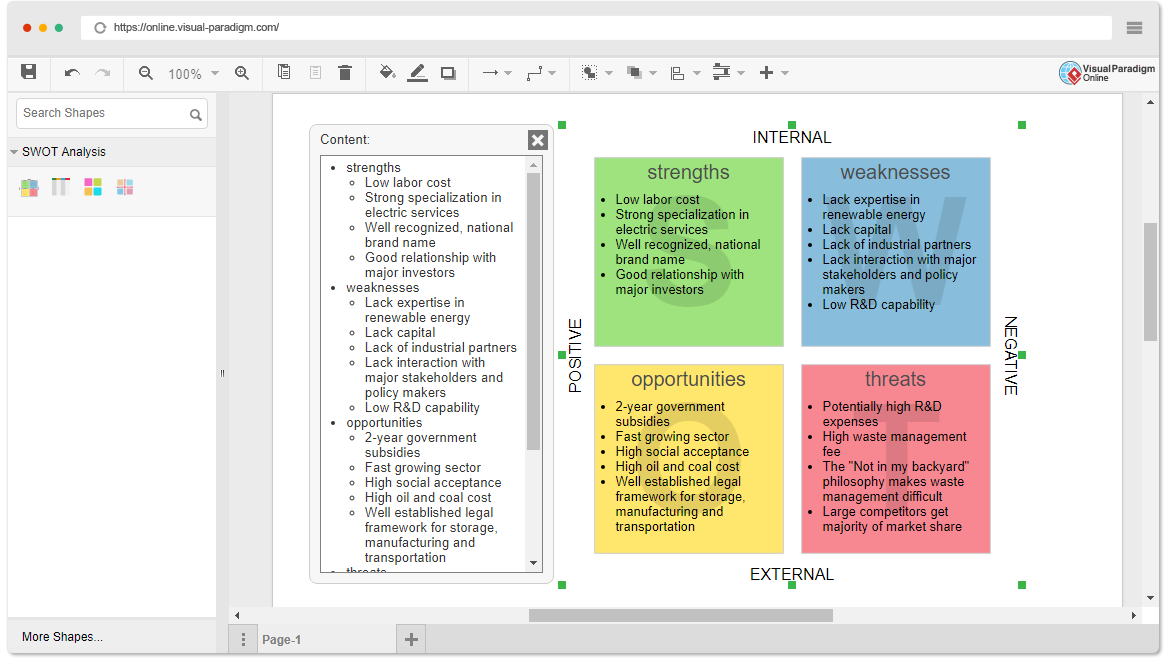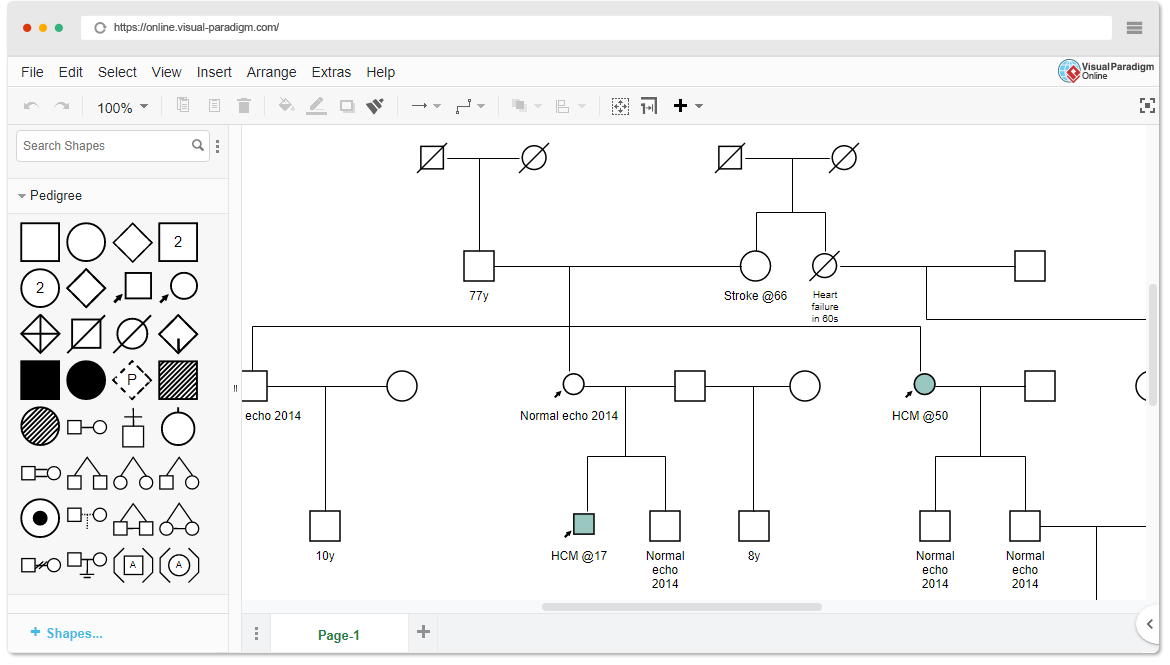An Interrelationship Diagram is a visual display that maps out the cause and effect links among complex, multivariable problems or desired outcomes. With the linked connections, you can better analyze the cause-and-effect relationships that exist among all factors of a complex situation
Continue reading